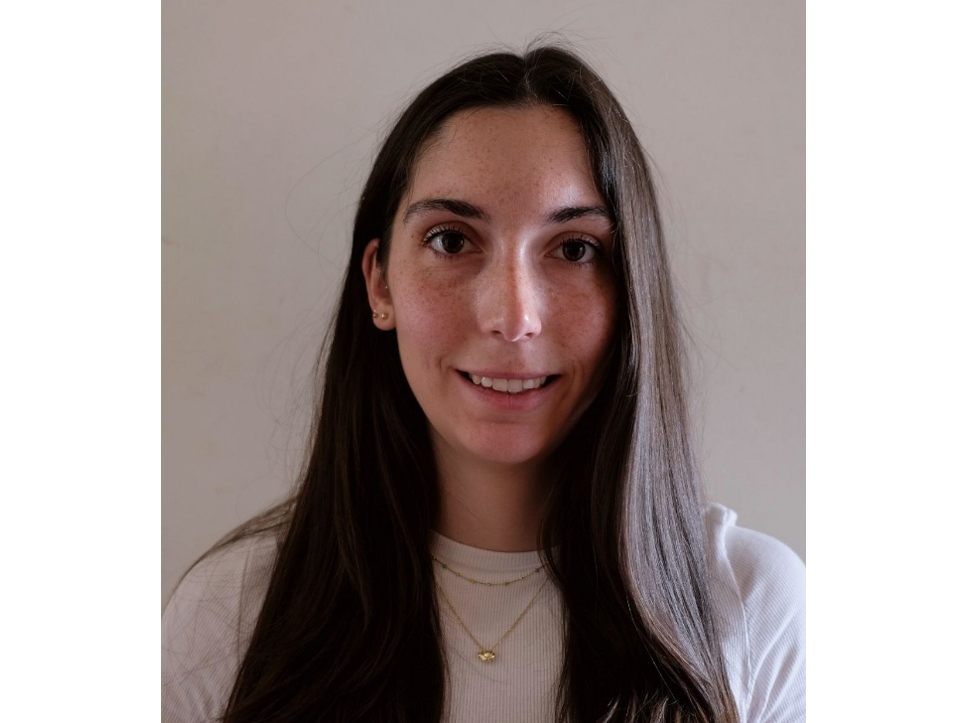NEWS
Gastforscherin aus Italien am Forschungscampus STIMULATE zur Erforschung von Hirnaneurysmen
Nach ihrem Abschluss in Maschinenbau an der Universität Palermo verfolgt Micol Tantillo nun ihre Promotion mit einem Schwerpunkt auf Hirnaneurysmen. Ziel ihrer Doktorarbeit ist es, eine zuverlässige Methode zu entwickeln, um das Rupturrisiko von zerebralen Aneurysmen zu bewerten. Dabei geht es darum, herauszufinden, wie wahrscheinlich es ist, dass ein Aneurysma im Gehirn reißt und somit gefährlich wird. Dies soll letztlich Ärzt:innen bei der klinischen Entscheidungsfindung helfen, ob eine Behandlung notwendig ist oder eine sichere Beobachtung ausreicht.
Für die Erstellung solcher Vorhersagen verwendet Micol Tantillo moderne Computermodelle, um realistische 3D-Bilder der Blutgefäße im Gehirn zu erstellen. Anhand dieser Modelle simuliert sie, wie das Blut durch die Gefäße fließt, und untersucht, welche Faktoren dabei eine Rolle spielen. Ihr Ziel ist es, eindeutige Merkmale zu finden, die darauf hinweisen, ob ein Aneurysma ein hohes oder niedriges Risiko hat zu reißen.
Im Rahmen ihres Promotionsprogramms entschied sich Micol Tantillo für einen sechsmonatigen Forschungsaufenthalt am Forschungscampus STIMULATE. Ausschlaggebend war dabei insbesondere die Nähe ihrer Forschungsinteressen zu denen von PD Dr. Philipp Berg, der bei STIMULATE die Forschungsgruppe „Medical Flows“ leitet. „Die Zusammenarbeit im Forschungscampus STIMULATE bietet mir eine wertvolle Möglichkeit meine Forschung in einem internationalen Umfeld weiter zu vertiefen und auszubauen“ so Micol Tantillo.
Visiting researcher from Italy at the Research Campus STIMULATE to study brain aneurysms
After completing her degree in mechanical engineering at the University of Palermo, Micol Tantillo is now pursuing her doctorate with a focus on brain aneurysms. The aim of her doctoral thesis is to develop a reliable method to assess the risk of rupture of cerebral aneurysms. The aim is to find out how likely it is that an aneurysm in the brain will rupture and thus become dangerous. This is ultimately intended to help doctors make clinical decisions as to whether treatment is necessary or whether safe observation is sufficient.
To make such predictions, Micol Tantillo uses modern computer models to create realistic 3D images of the blood vessels in the brain. Using these models, she simulates how the blood flows through the vessels and analyses which factors play a role in this. Her aim is to find clear characteristics that indicate whether an aneurysm has a high or low risk of rupture.
As part of her doctoral programme, Micol Tantillo decided to spend six months at the Research Campus STIMULATE. The proximity of her research interests to those of PD Dr Philipp Berg, who heads the ‘Medical flows’ research group at STIMULATE, was a decisive factor. ‘The collaboration at the Research Campus STIMULATE offers me a valuable opportunity to further deepen and expand my research in an international environment,’ says Micol Tantillo.
